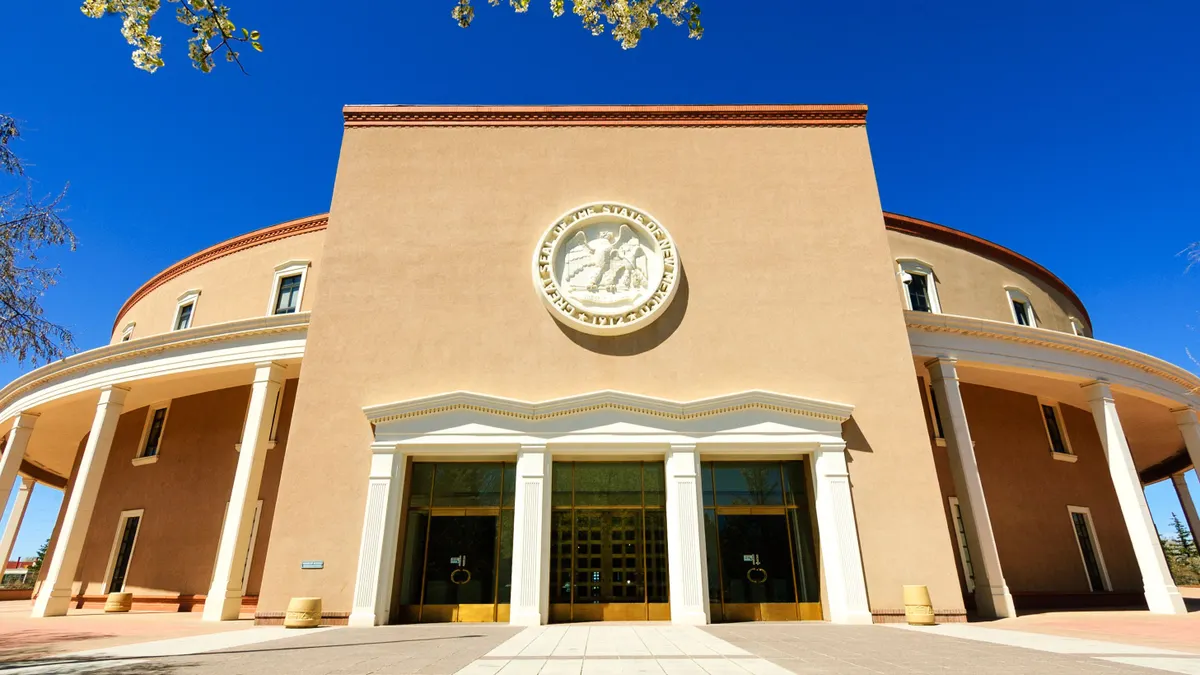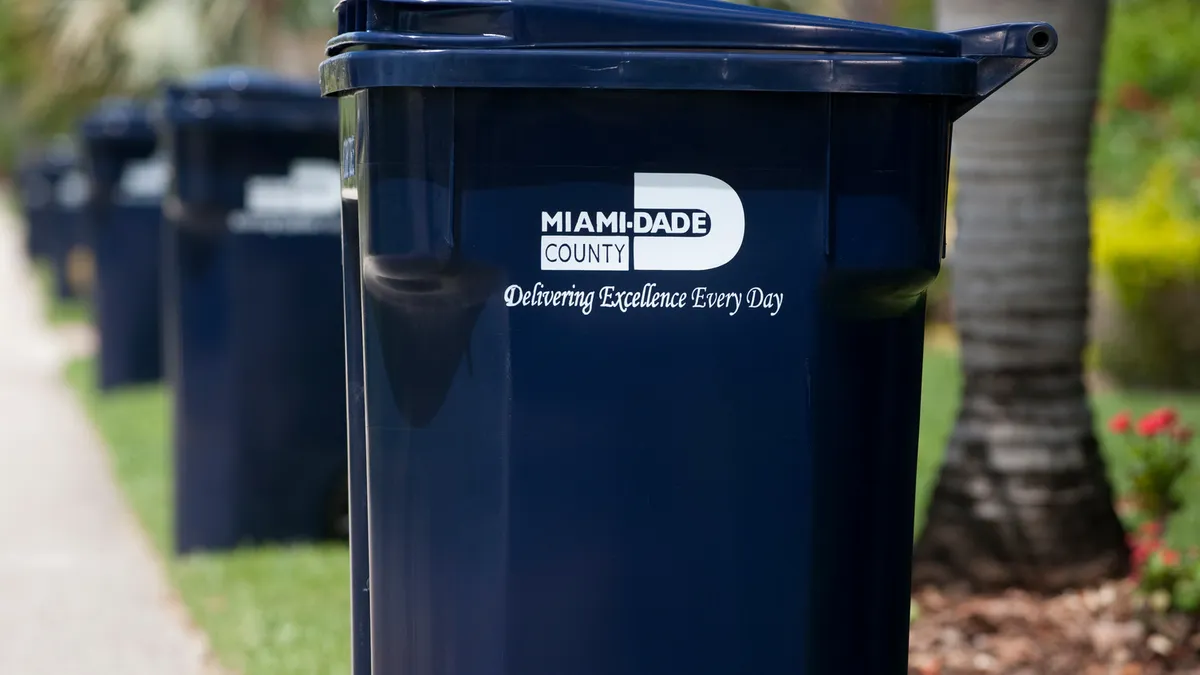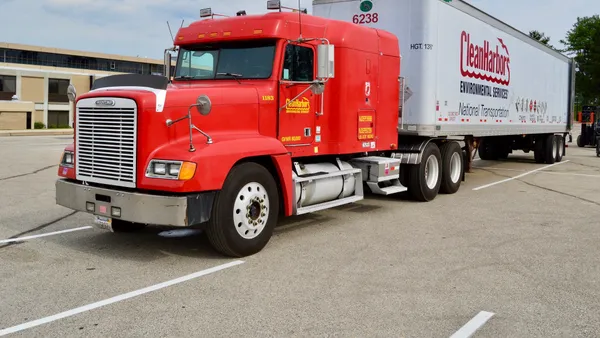The definition of waste-to-energy (WTE) can be an edgy topic, surrounded by cloudy waters and steeped in heated debates. This confusion and controversy is especially relevant when discussing what counts as renewable energy, in which states, and how much money it's worth.
Even within state lines there is contention, and the rules keep changing — challenging utilities that are required to generate more alternative energy sources, and rocking the playing field for plants that compete for these utilities' dollars.
North Carolina Clean Energy Technology Center offers a Database of State Incentives for Renewables and Efficiency (DSIRE), which summarizes policies and incentives for renewable energy by state. To put the variances in perspective, there are 2,700 policies and incentives in that database — and Waste Dive decided to take a look.
Renewable Portfolio Standards drive the waste-to-energy industry
There is one single, constant driver that can propel the WTE industry forward or hold it back, and that's renewable portfolio standards (RPS). These RPS's are policies in 29 states and Washington, DC to increase renewable energy, usually from wind, solar, biomass, and sometimes landfill gas and municipal solid waste.
How much capital is allocated to each of these sources depends on what "tier" within the RPS it is placed. Tier 1 generates more revenue than tier 2, allowing WTE technologies in this higher category to compete with solar and wind, which are the energy-producing forerunners right now. While biomass, biogas, and other WTE grew by 15% since 2008, wind grew by 65% in 2014 alone.
Then there is a market driver at the federal level: the Public Utility Regulatory Policy Act (PURPA). The law requires utilities to buy electricity from a qualified facility, but to only pay what it would cost the utility to produce that electricity.
"So they pay a relatively small amount, which rarely pencils out for renewable energy producers," said Brian Lips, DSIRE project manager at North Carolina Clean Energy Technology Center. "But the RPS places [renewable energy producers] in a position where they don’t have to compete with fossil fuels; rather they compete against other renewables."
Sometimes biomass, one of the more widely used WTE sources, is in tier 1 on the RPS. But what counts as biomass gets tricky as there is no standard definition; so feedstocks under this umbrella vary but could include organic materials like trees, crops, and animal waste.
How Maryland pays out for trash-to-energy
One state standing out on the WTE front is Maryland, the only state in the country that places trash-burning incinerators in tier 1, according to Energy Justice Network Founder and Director Mike Ewall. This incentive drew New York-based Energy Answers International to Baltimore, where it got a permit in 2010 to build what would have been the largest incinerator in the country — one that environmentalists vehemently protested, arguing the emissions would threaten public health.
Just last week, following a long, hard fight between Energy Answers and its opponents, Maryland announced that the incinerator project is no longer valid, stating the permit became void after an extended construction delay.
Some states have left trash incineration out of the RPS altogether, such as New York, which only allows the burning of biomass. However, that state is subsidizing crop burning. "Rarely can you make it work to grow crops just to burn them; it’s too expensive. But New York and Iowa have burned grass and or trees for electricity," said Ewall.
Meanwhile, commercial scale trash-burning incinerators seem to be fading from the landscape. One to be built in West Palm Beach will be the first such plant launched in 20 years, at least on a new site. Many others are shuttering or at risk of closing, with the number currently in operation having fallen under 80 for the first time in decades, largely because of their cost.
Introducing more energy sources to the playing field
In quest of new options, Pennsylvania, Ohio, and West Virginia have put fossil fuels in their RPS, bringing a whole new category onto the playing field. "They are the first ones [and only ones] to do this," said Ewall. He added that Ohio has put nuclear in their portfolio in addition to fossil fuels. And a fairly new industry direction is to pelletize trash and market it to existing boiler plants for energy.
Some of the growing options — and their price tags — are sparked by regulations mandating the amount of electricity that utilities must derive from renewable resources.
"In California where 50% of energy has to come from renewable sources, utilities may pay more. But in North Carolina where just 12.5% has to be renewable, utilities have more bargaining power," explained Lips.
The renewable energy market is particularly strong in New Jersey, and Hawaii has the most ambitious goal in the country: 100% renewable energy by 2045, he said. The island state has two motivators: outrageously high electricity rates as it burns imported oil, and its vast renewable energy resources.
How the Federal Clean Power Plan is driving state policies
More change may be on the horizon if EPA's Clean Power Plan unfolds. It's part of Obama's push, claimed to curb greenhouse gas emissions from fossil fuel and coal-fired power plants, which would allow for natural gas and renewable energies such as biomass, incineration, and natural gas.
Analysts project this law will be a major market driver, and it's already proving to be, at least in the natural gas front. There are about 300 proposals for gas-fired plants in the United States now, according to Ewall.
"Most were underway before EPA adopted the plan. But they were [further] fueled by the rule. So Clean Power would be a major driver to push for natural gas," he said.

















